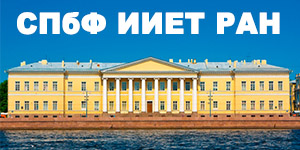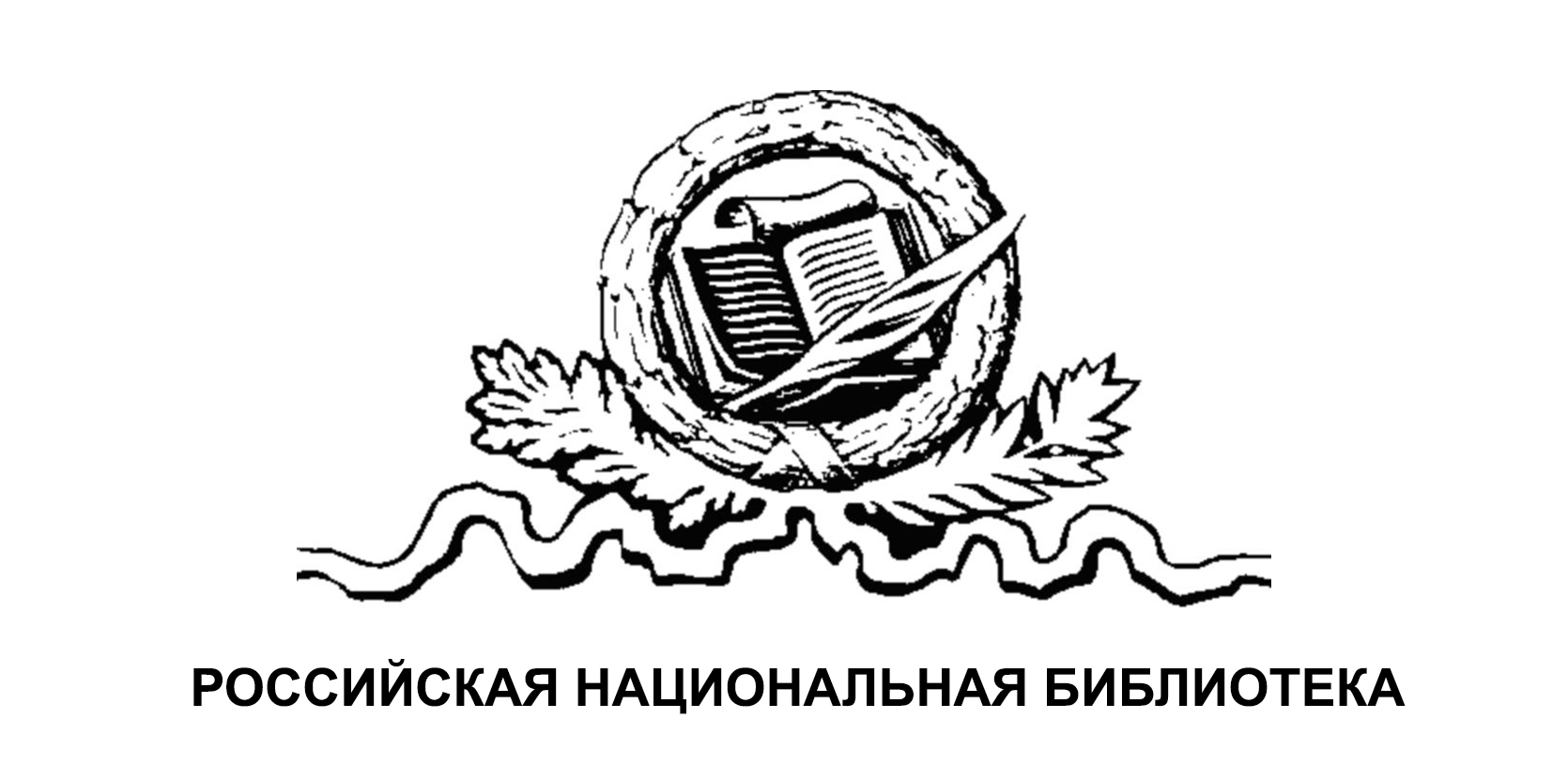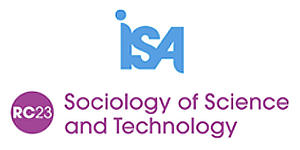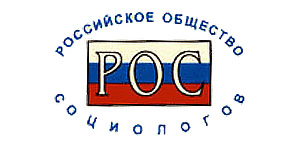Пришествие метода ЯМР в институт химических реактивов (из истории участия авторов во внедрении физических методов в химию). Часть 1.
Кессених Александр Владимирович
Институт истории естествознания и техники им. С. И. Вавилова РАН, Москва, Россия
Ключевые слова:
ЯМР, ИНСТИТУТ ХИМИЧЕСКИХ РЕАКТИВОВ (ИРЕА), ХИМИЧЕСКАЯ РАДИОСПЕКТРОСКОПИЯ, СТРУКТУРА И ИСТОРИЯ ИРЕА, ОРГАНИЗАЦИЯ СЕКТОРА СПЕКТРАЛЬНЫХ ИССЛЕДОВАНИЙ, NMR, INSTITUTE OF CHEMICAL REAGENTS (IREA), CHEMICAL RADIO SPECTROSCOPY, STRUCTURE AND HISTORY OF IREA, ORGANIZATION OF THE SECTOR FOR SPECTRAL RESEARCH
Аннотация:
В старейшем промышленном институте ИРЕА (Институте химических реактивов и особо чистых химических веществ) в течение 1973-1994 гг. функционировала группа ядерного магнитного резонанса (ЯМР). С 1976 г. группа работала в рамках Сектора спектральных исследований Отдела физико-химических исследований. Автор возглавлял эту группу (и Сектор), участвовал в разнообразных исследованиях, которые она выполняла по заданиям технологических отделов ИРЕА и в соответствии с научными интересами сотрудников. Первая часть статьи посвящена описанию общей обстановки в ИРЕА и взаимоотношений автора с его руководителями. Ядерный магнитный резонанс (ЯМР) высокого разрешения выполнялся на аппаратуре фирмы США «Вариан» (XL-100, ЯМР протонов, углерода-13 и фосфора-31, а некоторое время также и ЯМР ядер бора, стронция и др.), значительное число работ по установлению структуры органических и элементоорганических соединений было выполнено и на приборах фирмы «Тесла» (Чехословакия). Это были приборы BS-487 (ЯМР протонов 90 МГц), затем BS-497 (протоны – 100 МГц, углерод-13 – 25 МГц с Фурье-преобразованием) и, наконец, в последние три года – BS-587A (80 МГц ЯМР протонов и 20 МГц углерода-13 с Фурье-преобразованием). Приборы фирмы «Тесла», в отличие от многих научных заведений, работали в ИРЕА достаточно успешно. Отношения группы ЯМР с научным и административным истеблишментом ИРЕА развивались сложно, поскольку ИРЕА разрабатывал технологию трех совершенно разных категорий химической продукции: 1) реактивов массового производства, 2) заказных малотоннажных реактивов и 3) особо чистых веществ. Значительную часть программы ИРЕА составляли твердые неорганические продукты, нерастворимые или плохо растворимые, непригодные для исследования ЯМР высокого разрешения. По названным причинам некоторые руководители Института и ряда его отделов не всегда поддерживали работу группы ЯМР. В статье описана история создания и работы в ИРЕА группы ЯМР, приведены характеристики отдельных руководителей института и его подразделений. Характеристики сотрудников группы ЯМР и отчасти Сектора спектральных исследований и Отдела Физико-химических Исследований, а также достижения группы ЯМР в установлении структуры органических продуктов, химизма синтеза и разложения комплексонов, работы автора и сотрудников в области химии растворов комплексных соединений d-металлов, а затем описание краха группы ЯМР см. далее во второй части настоящей публикации.
Coming NMR Method to the Institute of Chemical Reagents (From the history of the author’s participation in the implementation of physical methods in chemistry). Part 1.
Kessenikh Aleksandr V.
S. I. Vavilov Institute for History of Science and Technology, Russian Academy of Sciences, Moscow, Russia
In the oldest industrial institute of IREA (the Institute of Chemical Reagents and Highly Pure Chemical Substances) during 1973-1994, a nuclear magnetic resonance (NMR) group functioned. Since 1976, the group worked within the framework of the Spectral Studies Sector of the Department of Physical and Chemical Research. The author led this group (and the Sector) and participated in a variety of investigations that we performed on the assignments of the technology departments of IREA and in accordance with the scientific interests of ours collaborators. The first part of the article is devoted to describing the general situation in the IREA and the relationship of the author with leaders of IREA. High-resolution nuclear magnetic resonance (NMR) was performed on the equipment of the US company Varian (XL-100, NMR of protons, carbon-13 and phosphorus-31, and for some time NMR of boron, strontium, etc.) a plent of investigations aimed at the identification of the structure of organic and organoelement compounds was carried out by means of the instruments of the firm “Tesla” (Czechoslovakia). They were BS-487 devices (NMR of 90 MHz protons), then BS-497 (protons – 100 MHz, carbon-13 – 25 MHz with Fourier transform) and, lastly, BS-587A (80 MHz NMR protons and 20 MHz of carbon-13 with Fourier transform). Devices of the firm “Tesla”, unlike many scientific institutions, worked in IREA quite successfully. The relations of the NMR group with the scientific and administrative establishment of IREA were complicated, because IREA was developing the technology of three completely different categories of chemical products: 1) mass-produced reagents, 2) customized low-tonnage reagents, and 3) highly pure substances. And a significant part of the IREA program consisted of solid inorganic products insoluble or poorly soluble, unsuitable for high-resolution NMR studies. For the reasons mentioned, some leaders of the Institute and its departments did not always support the work of the NMR group. The article describes the history of the creation and operation of the NMR group in the IREA, describes the characteristics of some managers of the Institute and the staff of its departments. Characteristics of the staff of the NMR group and partly of the Spectral Research Branch and the Department of Physico-Chemical Research, as well as the achievements of the NMR group in determining the structure of organic products, the chemistry of synthesis and decomposition of complexons, the work of the author and staff in the field of chemistry of solutions of complex compounds of d-metals and then the collapse of the NMR group, see later in the second part of this publication.
elibrary_41135776_60186593









